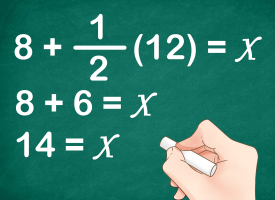Top 8 Biggest Math Questions We Have Yet to Solve
Despite the fact that many of us despise arithmetic, it is an essential tool in our effort to comprehend the world more fully. We are constantly calculating ... read more...equations and working with numbers in our daily lives, so almost everything we know follows its principles, including far-off objects in the cosmos. Although not everyone fully understands it, there is a global language that permeates everything in our environment. Despite the fact that mathematics has advanced significantly over the past few decades, there are still many equations and issues that need to be resolved. Even though some of them are older than you may think, current mathematicians and scientists are still puzzled by them.
-
From the smallest items to the grandest celestial bodies in far-off space, mathematics is applicable to everything we can see around us. We can create equations in one discipline and use them in another that is entirely unrelated and still provide reliable answers. Geometrical constants derived from triangles and circles, for instance, can appear in fields as diverse as fluid dynamics. It's similar to a universal language that not only works for everything but also tends to work a little bit too well.
The term "unreasonable effectiveness of mathematics," which was coined by Eugene Wigner in a 1970 paper of the same name, is not new; mathematicians have long debated it in various forms. They find it puzzling that we can develop mathematical theories and see that they virtually always hold true, even in disciplines unrelated to mathematics, and yet there is still no logical explanation for it.
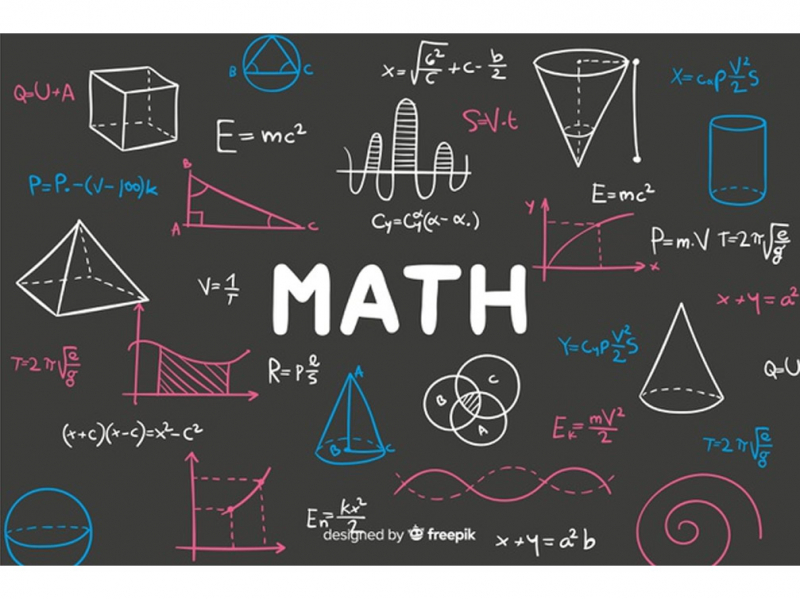
https://www.google.com/ World Science Festival channel on Youtube -
The unknotting issue, another one of math's largest problems that appears absurdly straightforward, is a class of related but unsolved problems. In its simplest version, it questions if it is possible to develop an algorithm to demonstrate that a particular kind of random knot is in fact unknotted. To be clear, a knot is any closed curve that exists in three dimensions and can be demonstrated to be unknotted if it exists in two dimensions and does not have any intersecting lines.
You would have to repeatedly untangle whatever knot that could be made in order to demonstrate this while making sure no lines crossed one another. The solution may be considered correct if the resultant figure can always lay exactly in a two-dimensional plane. However, this is something that mathematicians have been trying to do for a while, but no such method has ever been discovered.

https://www.google.com/ PenguinMaths channel on Youtube -
The gravitational constant, the speed of light, the mass of an electron, and other mathematical constants appear to be the foundation of everything in the universe, no matter how far we look. All of these constants must have the same value and be exact to a perfect degree in order for life to exist as it does. The chemical interactions that allowed life to evolve on Earth might not have occurred if these numbers had even been a little bit different. The universe might not have ever existed if it had been too off. It almost seems as though everything is neatly "fine-tuned" for life around us.
Why are the values of these constants what they are? is another unanswered topic for scientists. These values appear to be a part of the fundamental laws of the universe because we have never been able to develop a theory that can anticipate them. We still lack a working theory or equation that can determine these constants' known values with accuracy.

https://www.google.com/ Closer To Truth channel on Youtube -
This one might sound a little bit like the Rendezvous problem, but that's just because both of them involve a person attempting to flee a forest. Richard E. Bellman, a mathematician, first proposed the geometrical problem known as the "Lost in a Forest" problem in 1955.
In essence, it seeks to determine whether there is a method—or, to be more precise, an algorithm—by which a lost hiker may precisely determine the best route out of a forest in any specific location. Despite not knowing where they are beginning from or which direction they are facing, it is assumed that they are familiar with the forest's shape. Every time they try to leave the forest, they must be able to calculate the shortest worst-case distance from wherever they are in the forest to the closest edge.
Since no such method has been discovered as yet, the issue remains unsolved. The difficulty of the problem lies in the fact that while there are answers for a handful of the fundamental shapes we are familiar with, none of them apply to a forest of any particular shape.Open Questions: Math channel on Youtube -
The Rendezvous problem is similar to other mathematical puzzles that are difficult to solve yet are relatively simple to grasp. In its simplest version, it asks what two persons should do if they are visiting a park for the first time and become lost, in order to find one another as quickly as possible. Should only one of them move while the other stays put? Should they both remain in the same location?
Of course, being together cannot be the answer because they would never run into each other. There are many different ways to describe this issue. The problem can be applied to a wide range of domains other than search and rescue operations. The room can be a maze, the two people can represent computers, data structures, or anything else. Despite numerous attempts, no one has successfully solved the Rendezvous problem in any of its forms since 1976, when Steve Alpern initially put out the idea.
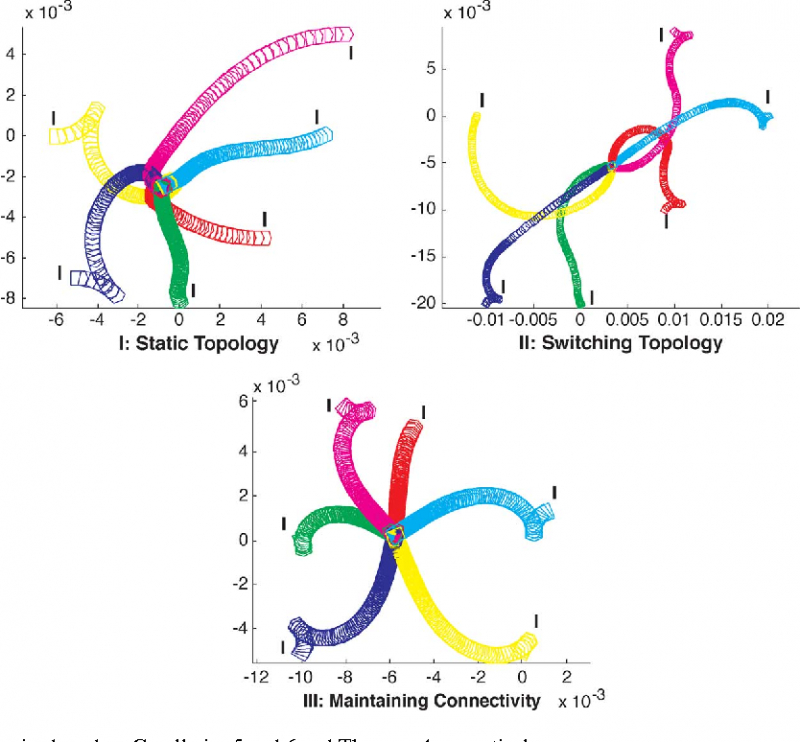
https://www.google.com/ WikiAudio channel on Youtube -
The "Moving Sofa" problem is a straightforward, commonplace issue that mathematicians are unable to resolve, despite their best attempts. Leo Moser put up the idea in 1966, and numerous mathematicians have since scratched their heads in an effort to find a solution without success.
The issue is quite straightforward to comprehend: in an L-shaped room of any size, what size couch can fit around a corner for a person moving into a new home? Although it isn't difficult, no one has been able to compute it for more than five years after the idea was put forth.
Though someone could always come up with a shape of a bigger area, depending on their proficiency in geometry, there are various ways to create a large enough item that could be turned around any L-shaped room. Currently, the Gerver couch, which Joseph Gerver proposed in 1992, is the largest design that might fit around a corner. There is still no method to verify that it is the solution, despite the fact that many mathematicians think it is.
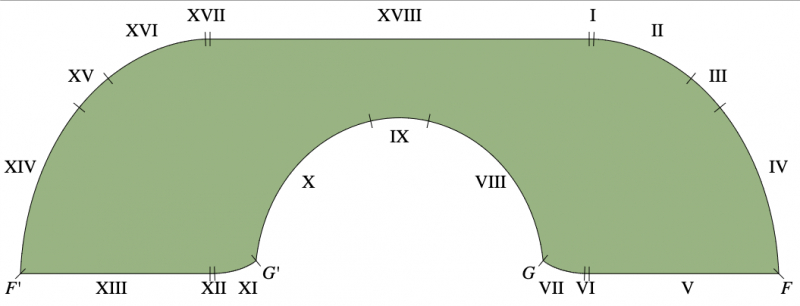
https://www.google.com/ 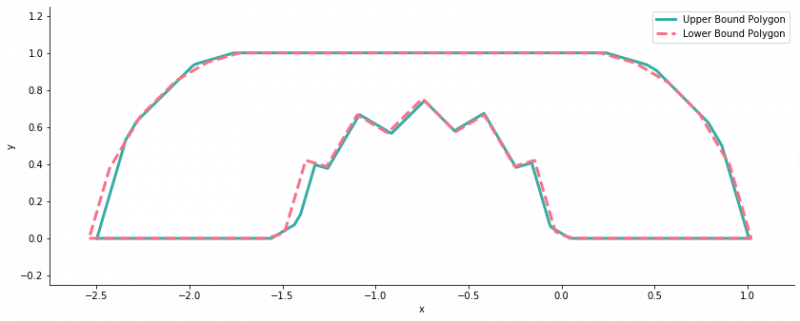
https://www.google.com/ -
Many of the oldest and most difficult mathematical puzzles are based on prime numbers, which are numbers that can only be divided by one or by themselves. One of these is the theory of the twin primes. One of the oldest unsolved math problems we are aware of is often referred to as Polignac's conjecture, after the mathematician who initially proposed it in 1846, Alphonse de Polignac.
It predicts the existence of an endless number of "twin primes," or prime numbers that differ by 2, such as 3 and 5, 5 and 7, and so forth. If you ask us, it makes sense, but as the numbers rise, primes become mathematically rarer and much trickier to calculate. It is not a simple effort to show that there would always be a pair of primes that differ by a factor of 2, and some of our brightest mathematicians have so far been unable to do it.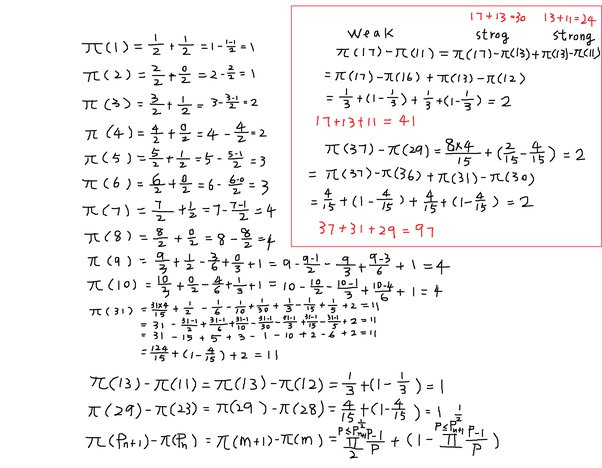
https://www.google.com/ 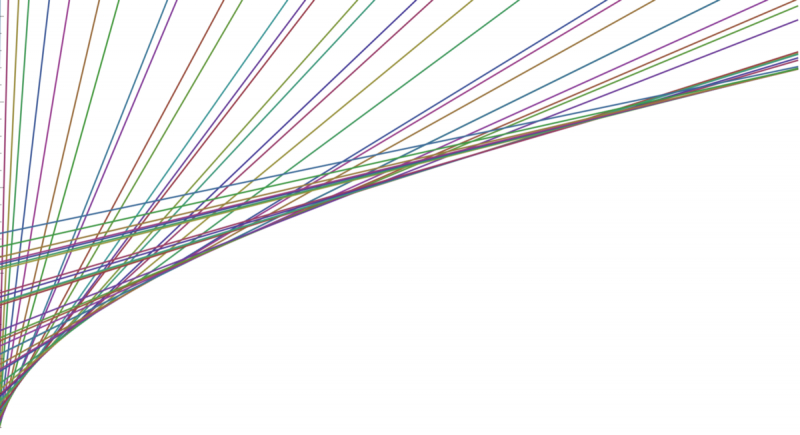
https://www.google.com/ -
A conjecture in mathematics is a claim that appears to be true on paper but has never been demonstrated to be true or false. Russian mathematician Christian Goldbach put up the Golbach's conjecture in 1742, but it has never been proved.
Every even integer higher than two, according to this statement, can be written as the sum of two prime numbers. It seems straightforward enough, but mathematicians need a working proof that demonstrates beyond a shadow of a doubt that it is true in order to demonstrate it.
For numbers up to 100,000, a mathematician proved the conjecture in 1938. Later, a computer program verified it for greater numbers as well, although that doesn't offer a comprehensive proof. Despite the fact that numerous mathematicians have attempted to answer it since it was first proposed, it continues to be one of the oldest unsolved math problems in history.
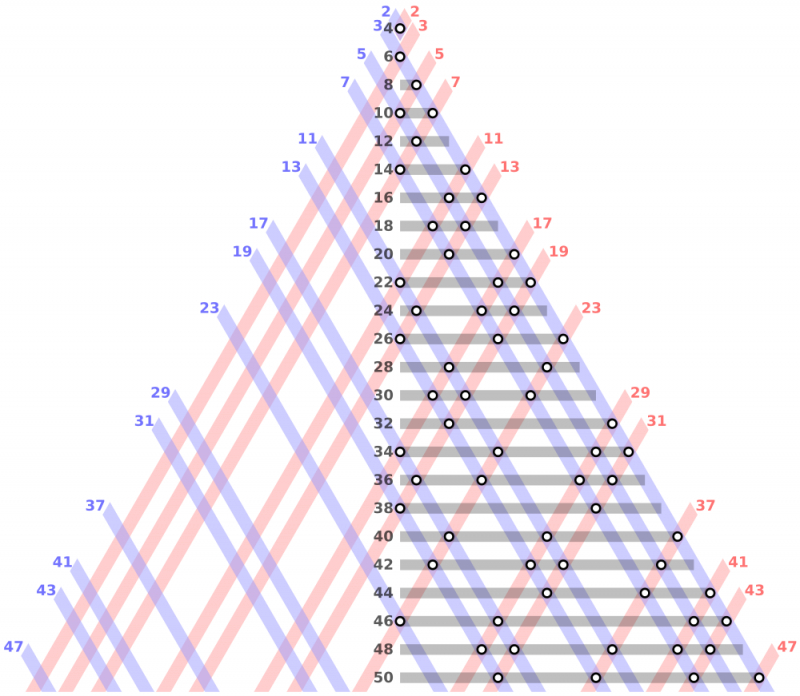
https://www.google.com/ 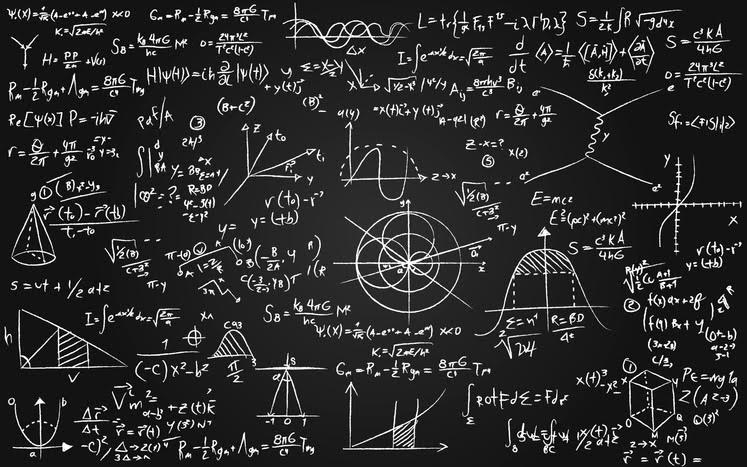
https://www.google.com/

























